|
contributed by Kara Jefts* I joined the Cairn Project in 2016 to talk with Corinne Peterson about the ways in which her work with the community could be archived. (1) Through Shaping Life, Shaping Clay workshops, Peterson has been building not only a cairn, but also an archive of experience from the individuals who participate. However, there is one problem with presenting this project this way: the stories are literally locked in stone. History becomes meaningful when we see ourselves in it, and archives play a big role in that. Making art with the community, as Peterson has done, creates an opportunity for individuals to publicly share components of their lives, an experience that many find to be empowering. By enabling an outlet for sharing, artists are helpful healers. Peterson has many moving and memorable experiences to recount from her role leading Shaping Life, Shaping Clay workshops, but few stories have been written down. In a discussion about how to highlight community members through archives, it is important to also recognize that some people prefer to process experience by looking inward, and not everyone cares to share publicly, particularly on the subject of trauma. Without the need for words, the stones shaped by thoughtful hands hold the memories of their maker. Anyone who has had the pleasure of exploring the cairn at past exhibitions can attest to the power embedded in each ceramic object. Nevertheless, after meeting hundreds of brave and hopeful individuals, Peterson recognized that the Cairn Project, as a memorial to trauma and healing, could fulfill a more complex role. If she could manage to record stories, and pair these stories with stones, then the memorial could become a historical record, with written experience to illustrate relatable and inspirational accounts of life in the present for future generations. 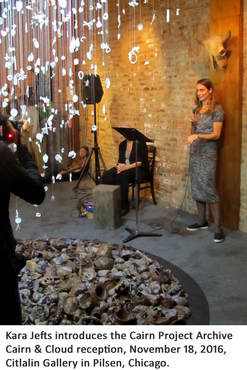 Building an archive driven from the stones and stories shared at Shaping Clay, Shaping Life workshops will take a great deal of effort, but the steps to achieving that goal are not necessarily complex. Each stone has been photographed individually, and these photographs are waiting to be paired with records that connect them to individuals. To maintain sensitivity and privacy, the stones will be matched with participants by first name. Once each stone has been paired with its maker, the photographs can be shared digitally, and an invitation will be extended through individual contacts and workshop organizers to invite a recollection of experience: recounting the workshop itself, or the experience brought to the table that day. History is constructed from the remnants of what is left behind. The problem with this is that the historical record is flawed and not everyone is represented. Archive collecting priorities are often driven by the power of individuals and institutions, and the responsibility for keeping a record of everyday experience falls to the individual. Peterson and I have mused over the Cairn Project archive’s potential as a way of making sure every single workshop participant, over 550 individuals, is represented by stone or by story. That is our dream for the archive, and bit by bit, we hope the community can help to create and maintain this history, and honor each individual’s experience in this way. 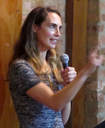 *Kara Jefts is a professional archivist. She received her Master of Arts in Modern Art History, Theory, & Criticism, at the School of the Art Institute of Chicago. Kara has been archivist for the Cairn Project since September, 2016. http://www.karajefts.com/biocontact.html (1) See the website Kara Jefts built to hold the archive. Next Week’s Post: Guest Elizabeth Russell, of BeSpace Integrative Arts in Portland, Oregon, discusses Choice Points and The Next Cairn http://www.thecairnproject.com/ https://www.facebook.com/cairnproject/ https://www.instagram.com/cairnproject/
0 Comments
contributed by Dr. Carroll Cradock (1) Very often, and particularly in times such as these, the suffering of people prompts us to want to turn away from seeing it. Yet, public and collective art works such as Cairn & Cloud offer us the opportunity to witness the depth of trauma in ordinary people and their courage in facing it. This courage enables them to be transformed into stronger, more beautiful human beings. We see their valor in facing it both alone and together. Forming clay as witness to trauma I was privileged to participate in this work when I joined Corinne in leading workshops at El Circulo, a center for Mexican-American women in Brighton Park and at Sarah’s Inn, an Oak Park community organization dedicated to improving the lives of those affected by domestic violence. At each workshop, I saw women seated side by side reach for the clay to re-create their trauma and express their hope. As they shaped the clay, some talked about their experiences and hopes and others did not. But each of them witnessed the trauma and transformation of the others as they embraced their own. Collection of clay works in Cairn & Cloud a witness to trauma Today we all witness and are inspired by the courage of each and all who created this magnificent collective artwork by facing the truth of their own terrible and merciless experiences. The witness of this collective artwork is all the more powerful for its eloquent silence. El Ojo Que Llora in Lima, Peru – Witness to victims of terrorism in Peru Before they began to shape their clay at the workshops, the women viewed images of other collective art works. Among these was a labyrinth, a magnificent memorial to the very ordinary people of Peru—over 70,000—who were murdered during 20 years of terrorism that ended in 2000. 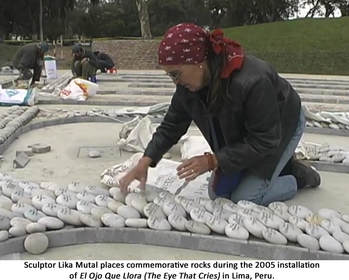 The sculptor Lika Mutal, my dear friend, who died just over a week ago (November, 2016), created the labyrinth, El Ojo Que Llora or The Eye That Cries, in a city park in Lima. Yes, she put this memorial to victims of terrorism right in a city park so that as many people as possible could witness the importance of the lives of these very ordinary people---people who would otherwise be forgotten. The labyrinth stones commemorating each person were also made by very ordinary people who are relatives and friends of those who were killed. El Ojo Que Llora began with the vision of one woman who mobilized others to help her create that memorial. Cairn & Cloud also began with the vision of one woman, Corinne Peterson, whose dedication to this vision mobilized so many to support the transformation of those who have suffered trauma. Without doubt, this commitment to honor and transform the suffering of ordinary people which came toward us from Peru is now joined with Cairn & Cloud. No doubt it will inspire those in other places, beginning with Portland, Oregon, to witness to and transform the trauma of ordinary people. A Place to Sustain and Extend this Witness As the mission of Cairn & Cloud spreads, its expression created first here in Chicago needs a home. We are seeking a public location that will welcome Cairn & Cloud for now and the future: an indoor space (since it is made of clay), where people will see it as they enter or walk through the place. We hope you will think about this and send us possible locations that may welcome Cairn & Cloud. Please send your ideas to [email protected].  Carroll Cradock, Ph.D., a psychologist for over 30 years, works in the West Loop counselingadultsadolescentschildren.com/. She teaches International Psychology at the Chicago campus of Chicago School of Professional Psychology. She has been engaged with the Cairn Project from its beginning. She is also a weaver whose tapestries currently focus on themes of good and evil. (1) Edited version of Carroll Cradock’s speech at Cairn & Cloud reception at Citlalin Gallery, November 18, 2016 Coming Posts Reflections from The Next Cairn in Portland, an extension of The Cairn Project Guest posts by Elizabeth Russell and Kara Jefts http://www.thecairnproject.com/ https://www.facebook.com/cairnproject/ https://www.instagram.com/cairnproject/ |
Author
|
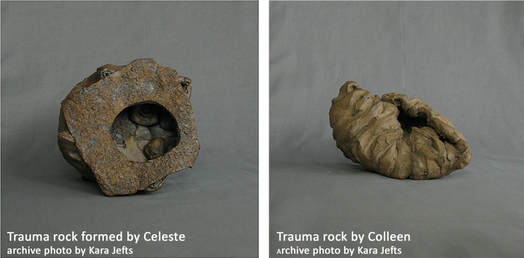
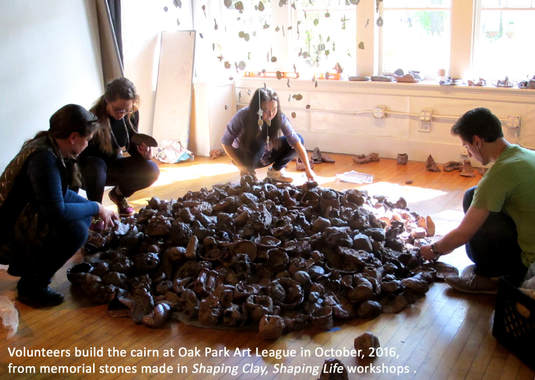
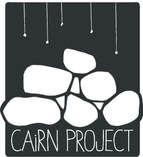
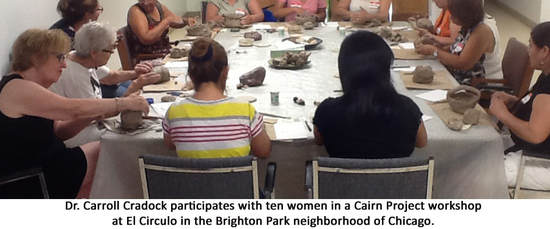
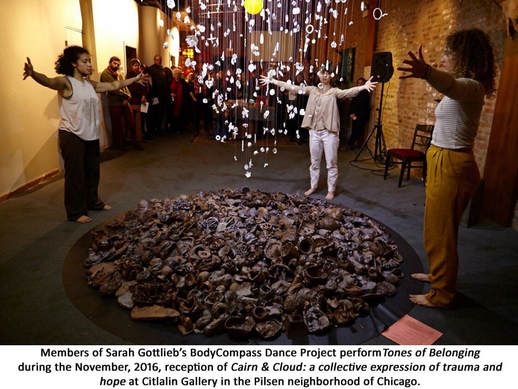
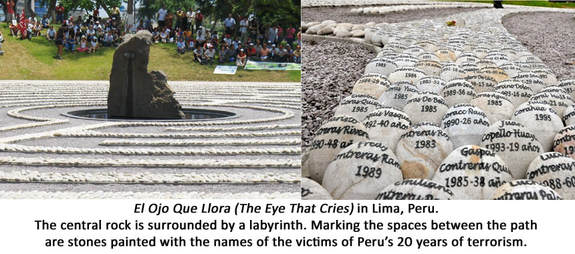
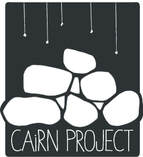
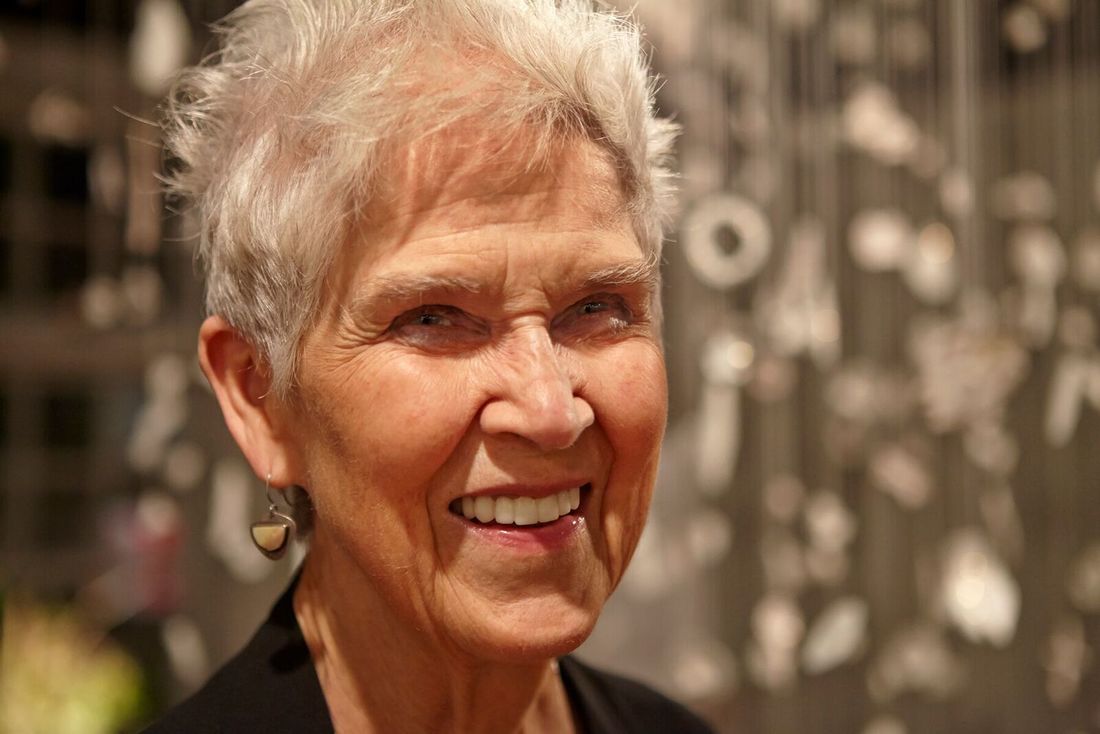
 RSS Feed
RSS Feed